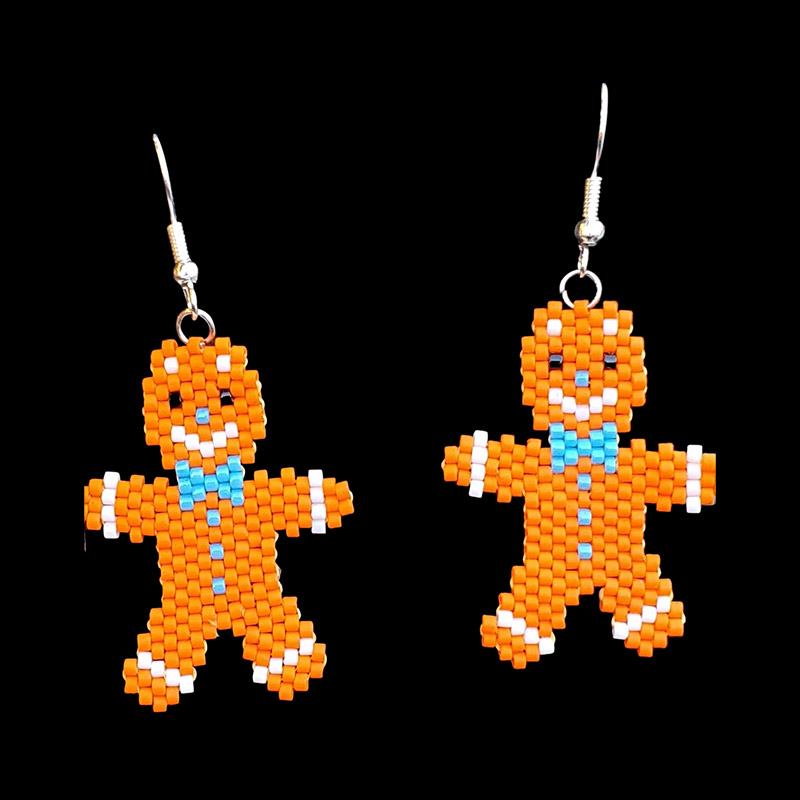
Miyuki beads are popular among jewelry makers for their consistency in size, shape, and color. Understanding color theory can help you create stunning jewelry pieces with Miyuki beads that are visually appealing and harmonious. In this comprehensive guide, we'll explore the magic of Miyuki beads and color theory.
Color Basics
Before we dive into color theory, let's review the basics. The three primary colors are red, yellow, and blue. These colors cannot be made by mixing other colors. When you mix two primary colors, you get a secondary color. The secondary colors are green, orange, and purple. When you mix a primary color with a secondary color, you get a tertiary color.
Color Theory and Miyuki Beads
Now that we've reviewed the basics, let's apply color theory to Miyuki beads. The following are some tips for creating harmonious color combinations with Miyuki beads:
Use the color wheel. The color wheel is a visual representation of the relationships between colors. You can use the color wheel to choose colors that are complementary, analogous, or monochromatic.
Complementary colors. Complementary colors are opposite each other on the color wheel. For example, red and green are complementary colors. Using complementary colors in your jewelry piece will create a bold and eye-catching contrast.
Analogous colors. Analogous colors are next to each other on the color wheel. For example, yellow, yellow-green, and green are analogous colors. Using analogous colors in your jewelry piece will create a harmonious and cohesive design.
Monochromatic colors. Monochromatic colors are variations of the same color. For example, light blue, blue, and dark blue are monochromatic colors. Using monochromatic colors in your jewelry piece will create a subtle and elegant design.
Use color temperature. Warm colors, such as red and yellow, create a sense of energy and excitement. Cool colors, such as blue and green, create a sense of calm and relaxation. Using color temperature in your jewelry piece will create a mood and atmosphere.
Pay attention to the finish. Miyuki beads come in a range of finishes, including matte, metallic, and iris. The finish of the bead can affect the color and overall look of your jewelry piece.
Conclusion
Color theory is an essential aspect of creating stunning jewelry pieces with Miyuki beads. Understanding the relationships between colors and using the color wheel can help you create harmonious and visually appealing designs. Whether you're creating a bold and eye-catching contrast with complementary colors or a subtle and elegant design with monochromatic colors, color theory is the key to unlocking the magic of Miyuki beads. With a little practice and experimentation, you can create jewelry pieces that are not only beautiful but also meaningful and unique.
Links
About Us
Our product
Gallery
Blog
Contact Us
Cookie Notice
Terms And Conditions
Service & Security Highlights
About
London Miyuki All rights reserved.
ZeplinGo® | Website Design Prepared with.



